
How to Improve Enterprise Efficiency with SaaS ERP Solutions?

Published on: October 02, 2023 Healthcare
The healthcare domain is in the midst of a profound transformation, primarily catalyzed by the relentless progress of technology. In this blog, we explore the fascinating relationship between healthcare and technology. We delve into how they impact hospital functions, patient well-being, and the broader healthcare landscape.
In an era characterized by rapid advancements in digital innovation, healthcare is at the forefront of transformation. Technology isn't just a helper; it's now essential for achieving better patient results and smoother hospital operations. From Electronic Health Records (EHR) integration to robotic surgeries, the integration of technology is rewriting the rules of healthcare engagement.
The integration of technology into hospital operations brings forth a plethora of potential benefits. Embracing technology brings benefits like increased efficiency, better patient care, less administrative burden, and making decisions based on data. As you explore this blog, these benefits will become clearer, showcasing the potential of a new healthcare era.
This structured comprehensive exploration delves deep into various dimensions of technology adoption in the hospital business. Each section will dissect a specific technological advancement, providing insights into its implementation, benefits, and impact. This article provides a simple overview of how technology, from Electronic Health Records to Artificial Intelligence, is changing healthcare. It helps you understand the big picture of these advancements.
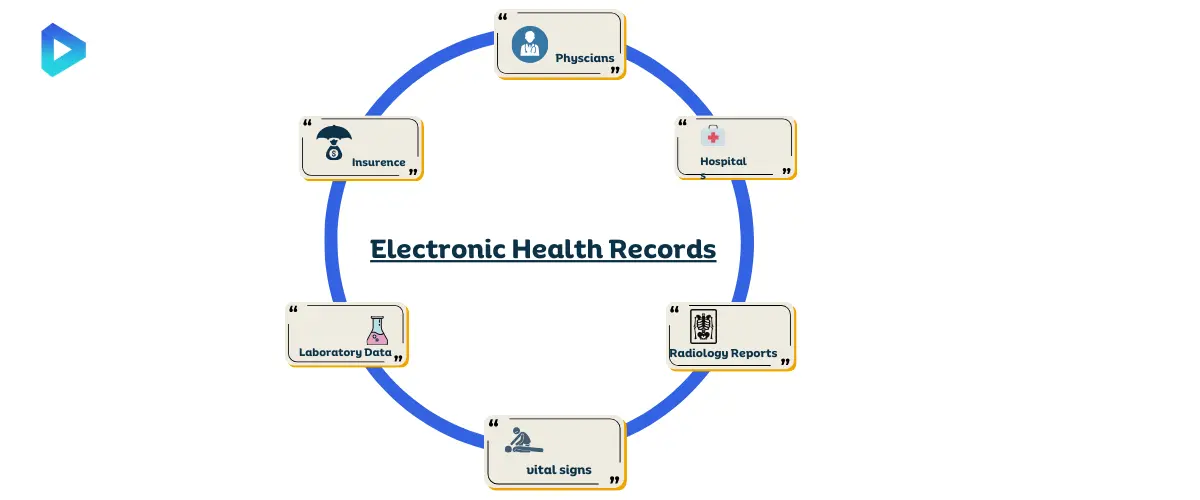
The digital records of patients have transformed the way healthcare institutions manage and access crucial patient information. EHR integration streamlines data management, allowing medical professionals instant access to comprehensive patient histories, treatment plans, and diagnostic records. This accessibility translates to quicker decision-making, improved patient care, and heightened efficiency.
Seamless communication lies at the heart of efficient hospital operations. Integrating EHRs helps medical teams collaborate instantly, securely sharing patient details, test results, and treatment plans. This enhanced communication fosters a cohesive and synchronized approach to patient care, ensuring that medical teams are well-informed and aligned.
The holistic view offered by EHR systems enables medical practitioners to make informed and timely decisions. From diagnosing complex conditions to tailoring treatment plans, EHRs empower healthcare providers with a wealth of patient-specific information. This, in turn, translates to improved patient care, reduced medical errors, and better patient outcomes.
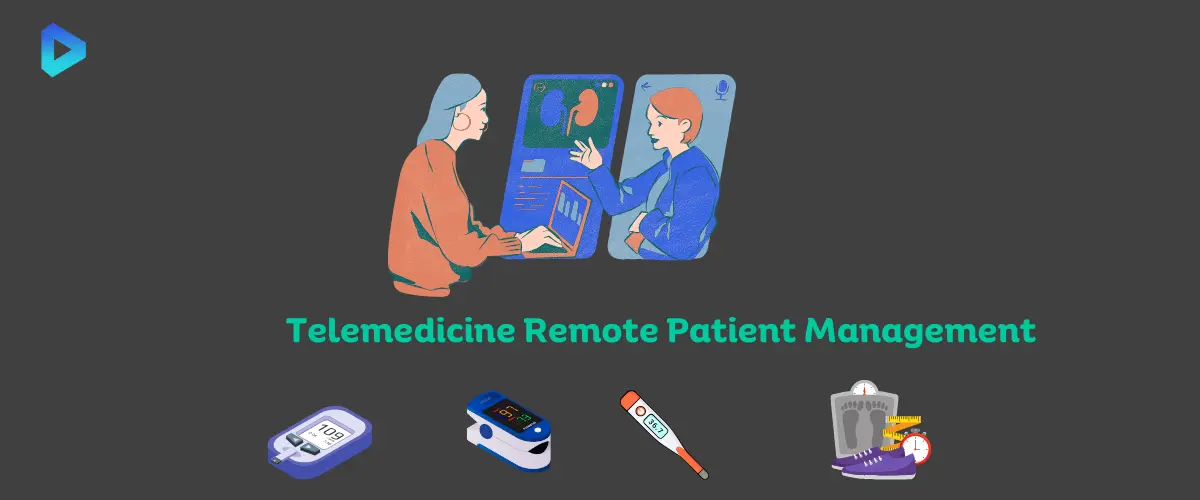
Telemedicine has emerged as a revolutionary change in healthcare accessibility. Through virtual consultations, sufferers can receive scientific advice, prognosis, and even treatment guidelines from the comfort of their homes. This technology goes beyond location limits, bringing medical know-how to remote areas and making healthcare accessible everywhere.
Remote Patient Monitoring leverages technology to keep a vigilant eye on patients' health status beyond the hospital walls. Wearable devices and sensors collect vital data and then transmit it to healthcare providers in real time. This proactive approach enables early detection of anomalies and swift interventions, potentially preventing complications and hospital readmissions.
Telemedicine's always-accomplishing effect extends beyond primary care to specialties or even mental health services. Digital appointments make it easier for people to get medical help, especially those with mobility challenges or living in underserved areas. As telemedicine continues to adapt, its capability to reshape healthcare delivery and improve affected patient outcomes becomes increasingly evident.
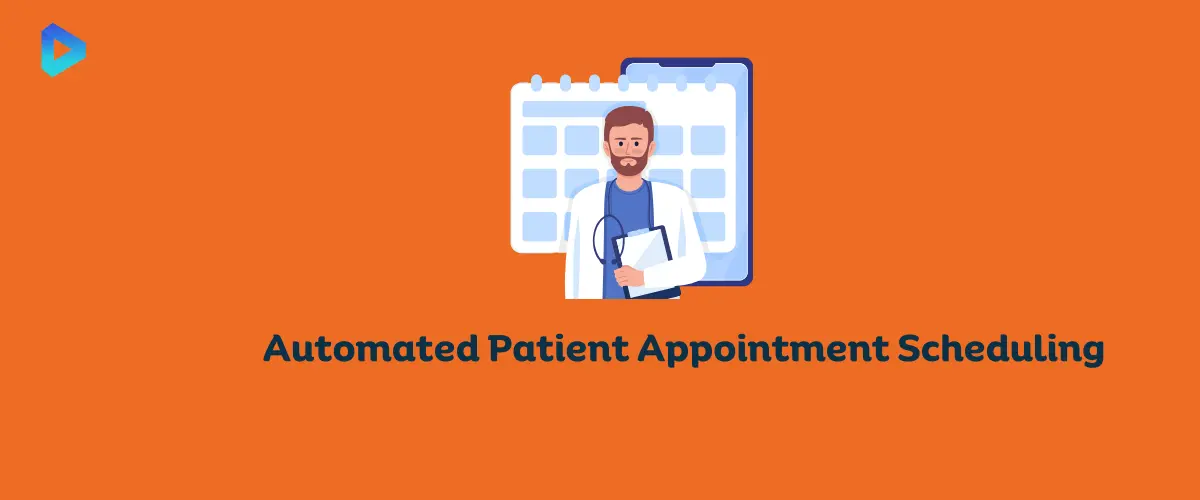
The adoption of technology for appointment scheduling and patient check-in streamlines administrative processes. Automated systems eliminate manual booking, freeing staff to focus on patient care. Furthermore, patients experience shorter waiting times, contributing to an overall positive healthcare encounter.
Automated appointment systems offer real-time updates to both patients and medical staff. Patients receive reminders and notifications, reducing no-show rates and optimizing clinic use. Meanwhile, medical teams benefit from well-organized schedules, enabling efficient resource allocation and minimizing disruptions.
Efficient patient flow is pivotal for seamless hospital operations. Automated scheduling optimizes the allocation of resources, reduces bottlenecks, and ensures that medical facilities operate at peak efficiency. This not only enhances patient satisfaction but also optimizes healthcare delivery.
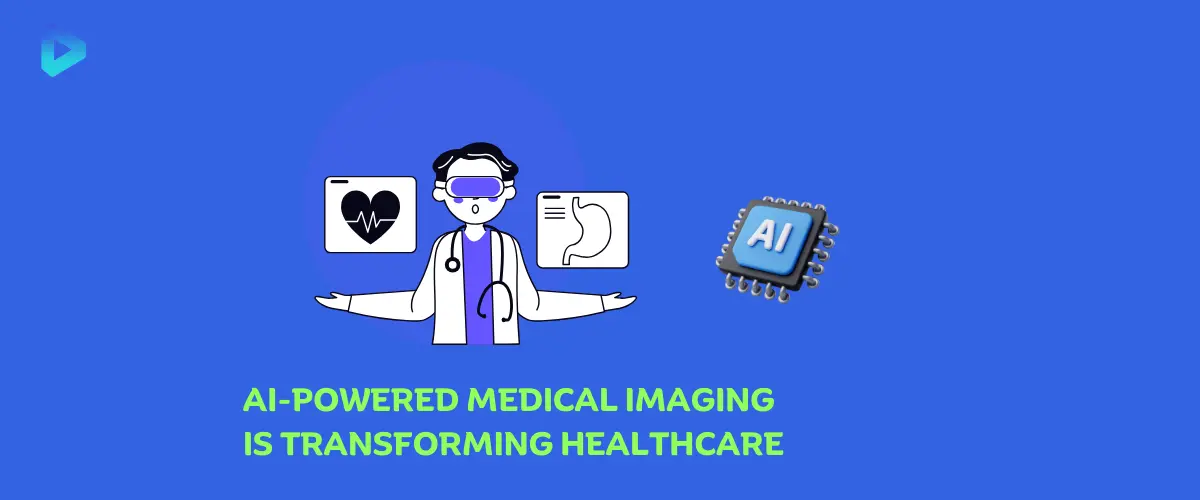
The integration of advanced imaging technology transforms diagnostic accuracy. Advanced imaging like MRI, CT scans, and PET scans lets doctors see details, helping identify conditions accurately and plan treatment faster.
Advanced imaging technologies significantly reduce the time required for test results. Rapid diagnostic outcomes empower healthcare providers to make timely decisions, thereby expediting treatment beginnings and potentially improving patient outcomes.
Personalized medicine takes center stage with advanced imaging. Detailed insights into a patient's condition allow for tailored treatment plans that consider individual characteristics. This targeted approach enhances treatment efficacy while minimizing adverse effects.
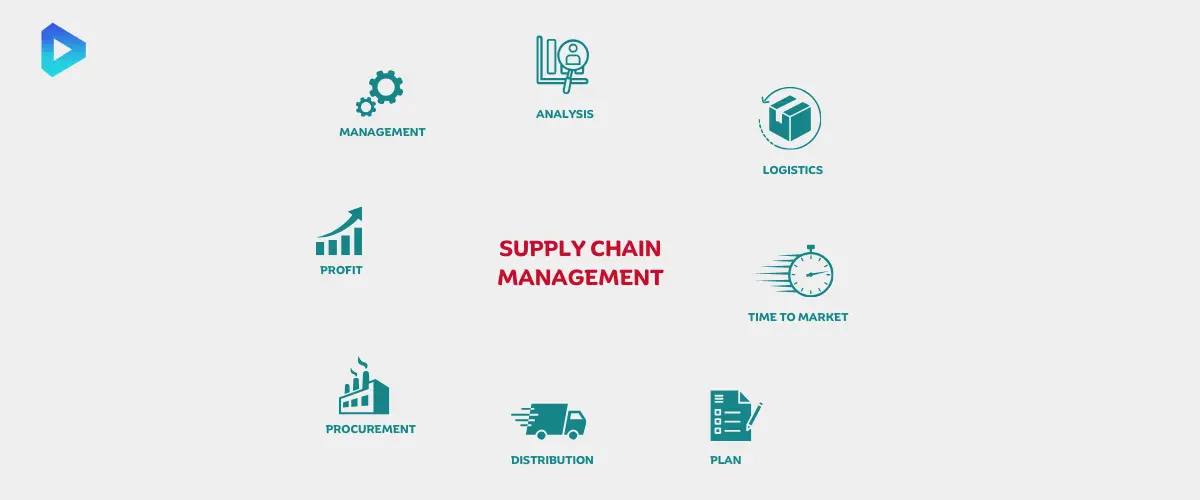
Effective inventory management is crucial to maintaining a seamless healthcare operation. Tech-powered systems monitor supplies in real-time, making sure important medical items are on hand, cutting waste, and preventing shortages.
Real-time inventory tracking enables efficient procurement practices. Hospitals can anticipate demand, streamline purchasing processes, and maintain optimal stock levels. This proactive approach prevents shortages and contributes to cost savings.
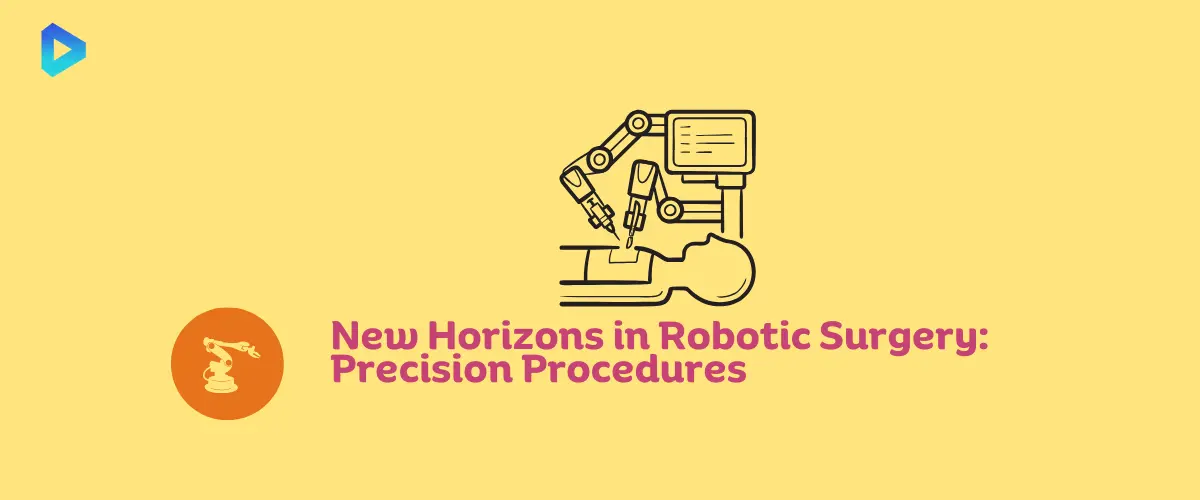
Robotic surgery introduces a new level of precision to surgical procedures. Surgeons can perform complex operations with heightened accuracy, reducing the risk of complications and promoting faster recovery times.
Less invasive procedures assisted by robotic surgery often result in shorter hospital stays and faster recovery for patients. This advancement translates to improved patient experiences and enhanced post-operative outcomes.
Robotic-assisted surgeries have gained significant traction across multiple specialties. From orthopedics to urology, these procedures transform surgical practices and contribute to improved patient care.
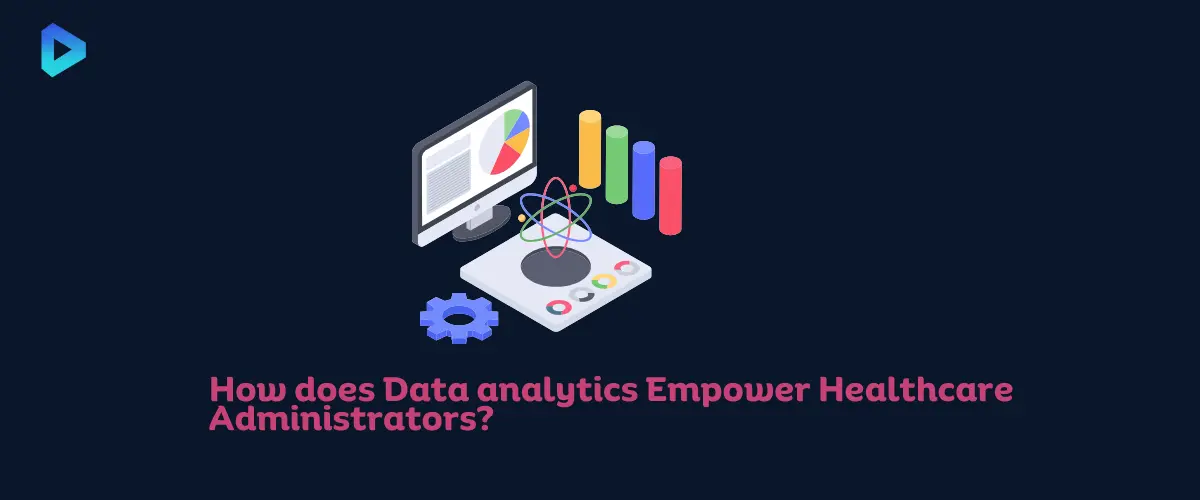
Data analytics empowers healthcare administrators with actionable insights. By analyzing patient trends, resource use, and ineffective methods, hospitals can make informed decisions that optimize their services.
Predictive analytics play a pivotal role in resource optimization. By forecasting patient admissions and optimizing bed use, hospitals can allocate staff and resources effectively, enhancing working efficiency.
The marriage of data and technology equips hospitals with the tools to streamline operations, enhance patient care, and achieve working excellence.
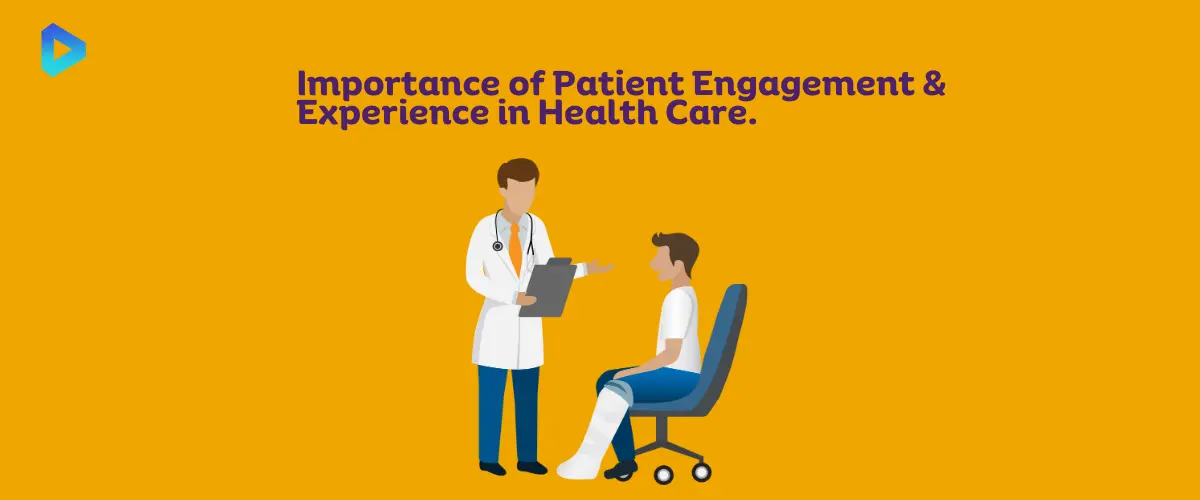
Mobile applications are transforming patient engagement. Hospitals can provide personalized health information, appointment reminders, and educational resources, fostering a proactive approach to health management.
Technology-enabled feedback mechanisms allow patients to voice their opinions and concerns. Hospitals can use this input to refine their services, ensuring that patient experiences regularly improve.
Patient-centric technologies enhance the overall healthcare journey, empowering individuals to actively participate in their health and wellness.
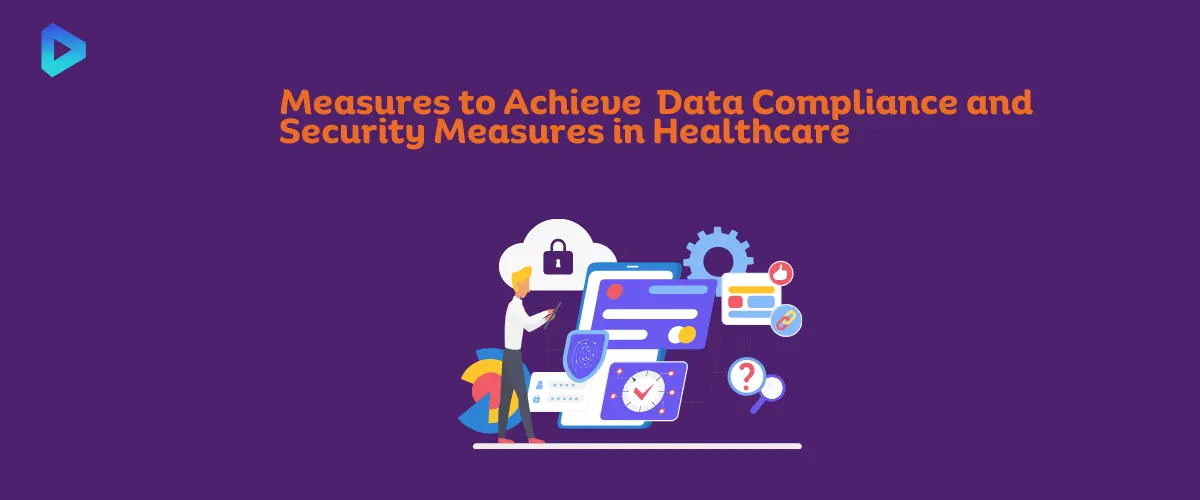
With the digital conversion of healthcare comes the responsibility to safeguard patient data. Robust cybersecurity protocols and strict adherence to privacy regulations are essential to maintaining patient trust and compliance.
Hospitals must adopt stringent cyber security measures to protect against data breaches and unauthorized access. This guarantees the privacy and reliability of patient data.
As technology spreads, hospitals must remain vigilant about upholding data security and compliance standards.
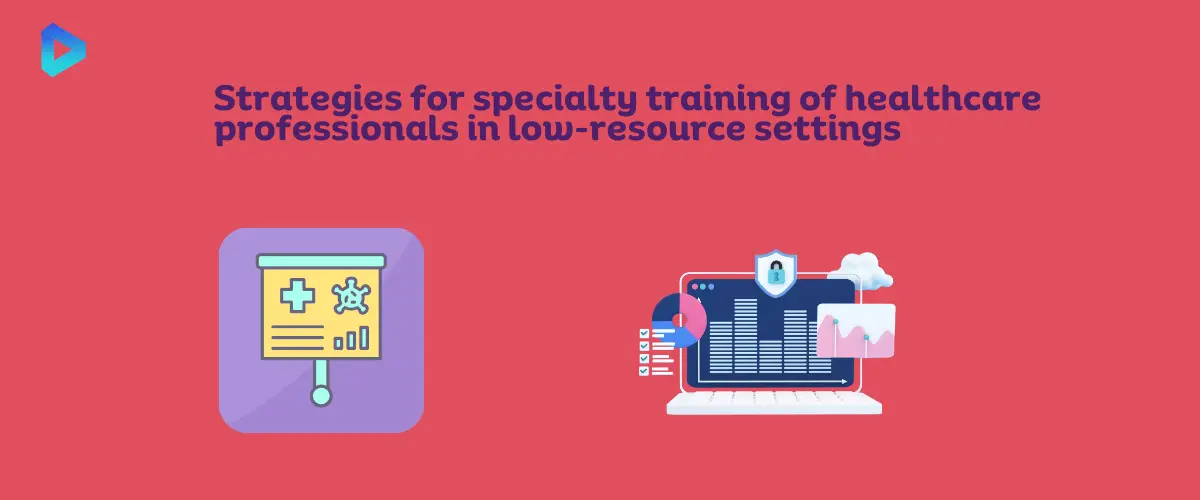
Technology adoption hinges on staff readiness. Thorough training empowers healthcare practitioners with the necessary abilities to adeptly leverage technology.
Ongoing training and support ensure that technology integration remains seamless. Hospitals must prioritize education to maximize the benefits of technological tools.
Effective training strategies foster a culture of technological fluency, enabling hospitals to fully leverage the potential of innovative solutions.
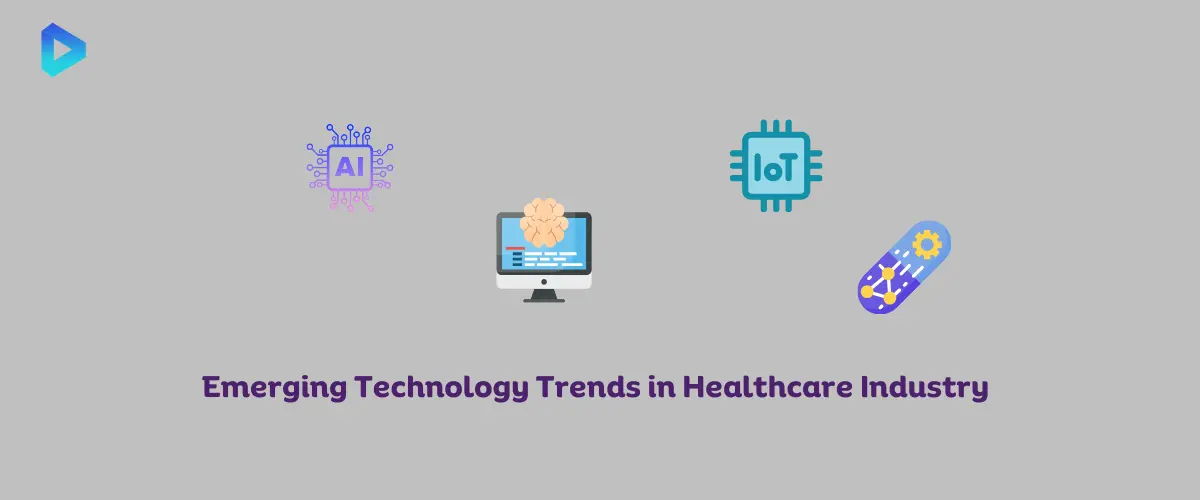
AI and machine learning are catalysts in diagnostics, treatment strategies, and drug exploration, heralding a fresh epoch of personalized medicine.
The Internet of Things (IoT) can connect medical devices, making monitoring and sharing information simpler. Ultimately, this improves patient care over time.
Telehealth will continue to evolve, enabling more sophisticated virtual consultations and personalized healthcare experiences.
During our journey of discovery, we have observed the integration of technology into every aspect of hospital functions. This integration streamlined processes, enhanced patient care, and transformed healthcare delivery.
The journey towards a technology-driven healthcare future requires the active participation of all stakeholders. Embracing innovation positions hospitals to provide higher-quality care and better patient experiences.
Adding technology isn't just about more; it's a deliberate change that can reshape how hospitals work. By tapping into its capabilities, hospitals can inaugurate an era marked by elevated patient care, streamlined processes, and enduring growth. Within this always-evolving terrain, technology retains its dynamic influence, molding the present and chiseling the future of healthcare. As hospitals continue to leverage innovative solutions, the possibilities for enhanced patient outcomes and working excellence are boundless.
The voyage toward a technology-driven healthcare future is ongoing. By embracing these innovations, we're on the brink of a new era in healthcare. It's about efficiency, accuracy, and a strong commitment to patient well-being. As we wrap up this comprehensive exploration, we extend an invitation to join us on this changing expedition. Embrace the potency of technology, and together, let's forge a path toward a brighter, more technologically empowered horizon for healthcare.

How to Improve Enterprise Efficiency with SaaS ERP Solutions?

Why Operational CRM is Essential for Customer Satisfaction?

Why Mobile Web App are Essential for Your Supply Chain Business?

Where to Start with Advanced Analytics in Your Enterprise?